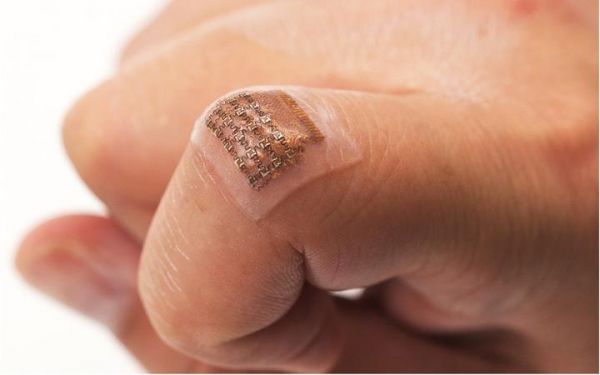A new wearable ultrasound patch that non-invasively monitors blood pressure in arteries deep beneath the skin could help people detect cardiovascular problems earlier on and with greater precision. In tests, the patch performed as well as some clinical methods to measure blood pressure.
Applications include real-time, continuous monitoring of blood pressure changes in patients with heart or lung disease, as well as patients who are critically ill or undergoing surgery. The patch uses ultrasound, so it could potentially be used to non-invasively track other vital signs and physiological signals from places deep inside the body.
A team of researchers led by the University of California San Diego describe their work in a paper published Sept. 11 in Nature Biomedical Engineering.
“Wearable devices have so far been limited to sensing signals either on the surface of the skin or right beneath it. But this is like seeing just the tip of the iceberg,” said Sheng Xu, a professor of nanoengineering at the UC San Diego Jacobs School of Engineering and the corresponding author of the study. “By integrating ultrasound technology into wearables, we can start to capture a whole lot of other signals, biological events and activities going on way below the surface in a non-invasive manner.”
Read more at University of California - San Diego
Image: Wearable ultrasound patch tracks blood pressure in a deep artery or vein. (Credit: Chonghe Wang/Nature Biomedical Engineering)


